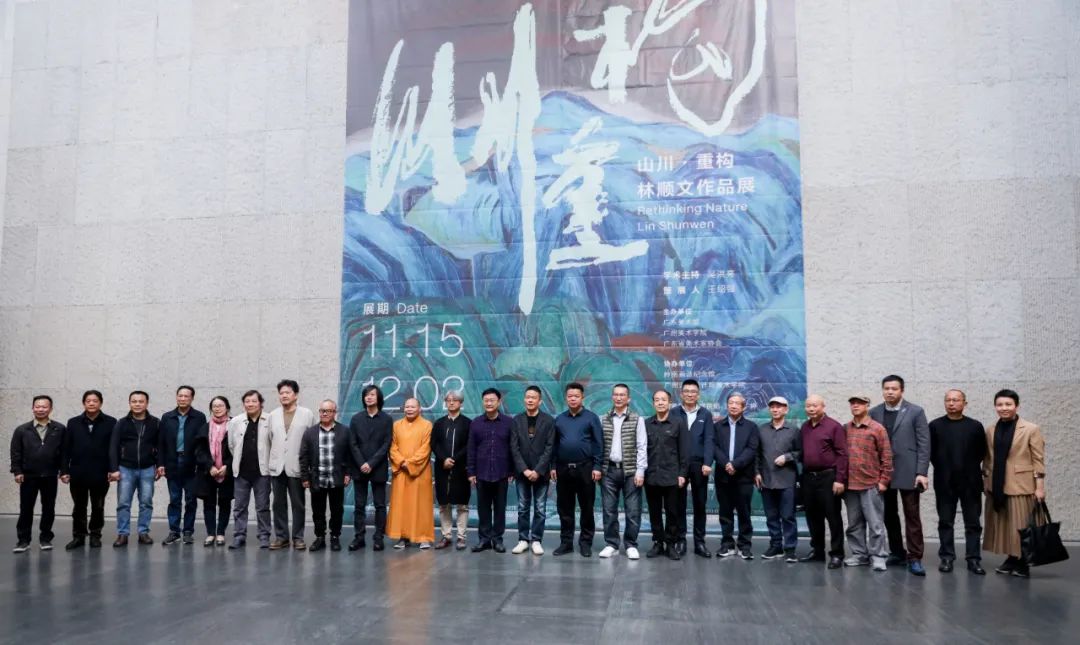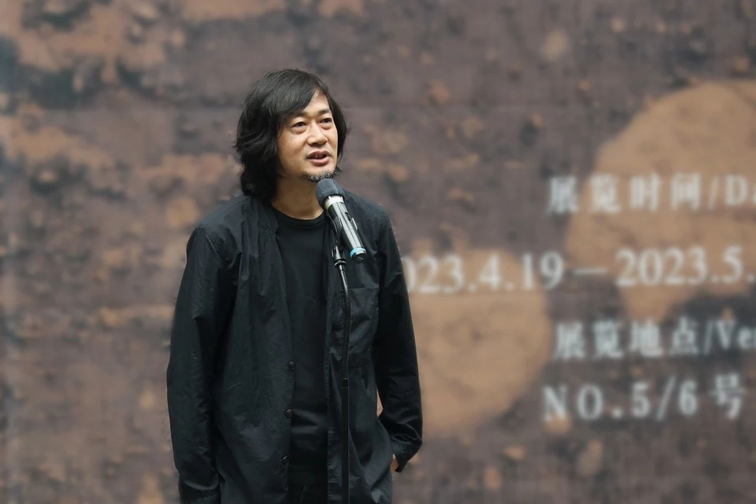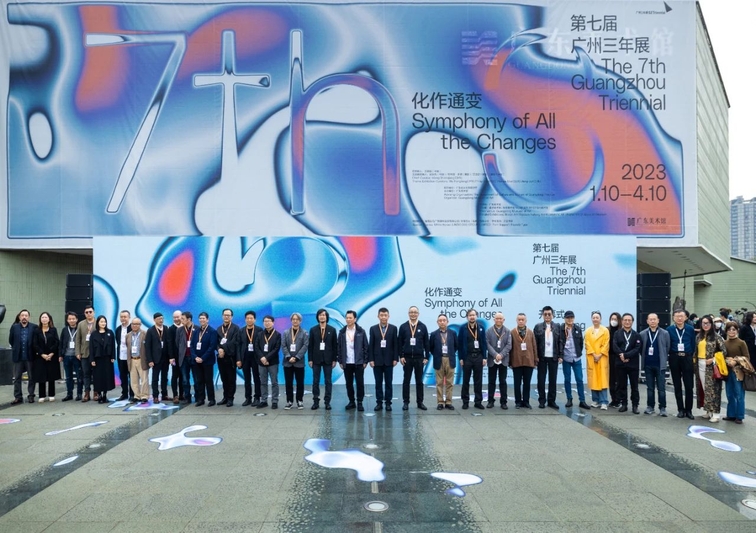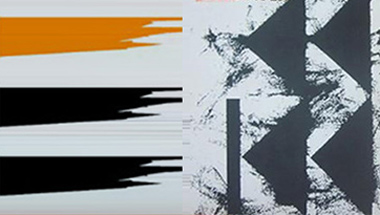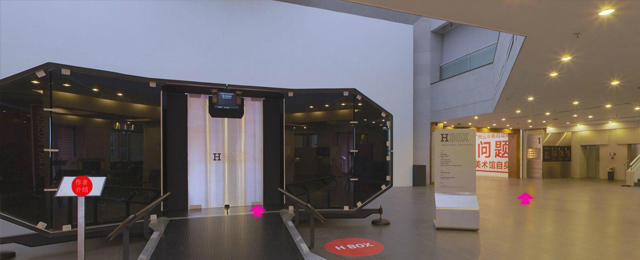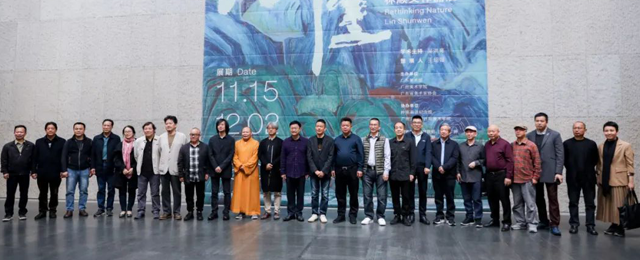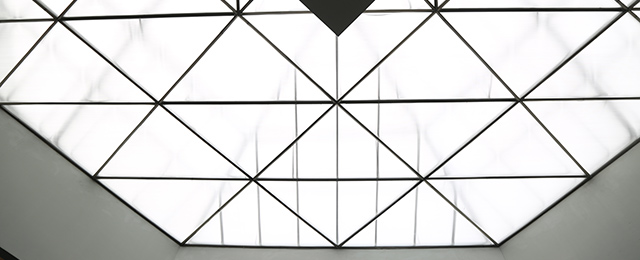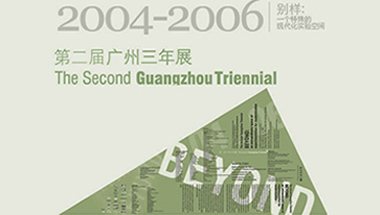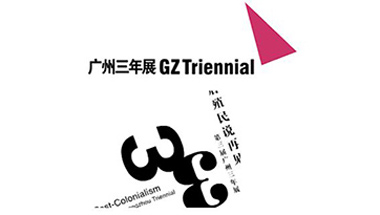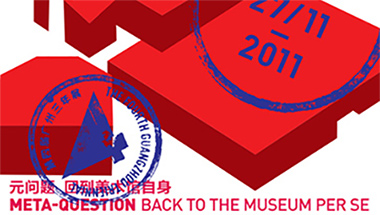强身健心的中国民间体育(胡武功)
录入时间: 2008-03-05
中国民间体育自由自在,自生自灭。它不拘形式,不拘场地,不拘人数,也不拘组织形态,天然地与百姓日常生活密切相连。中国民间体育活动历史久远,内容丰富。追溯起来,它们或起源于先民的渔猎与采集;或起源于早期的迁徙与争战;或起源于原始的体能训练以及由此而派生的舞蹈、竞技、游戏等;还可能起源于精神性的祭祀仪式……
悠久的历史,辽阔的幅员,众多的民族孕育了种类丰富、形态多样的中国民间体育。中国民间体育集肢体活动与精神娱乐于一体,没有直接功利,是真正的“强身健心”的运动。我们有充分的理由认为,中国民间体育是中华多元文化的生动体现,更是中华民族不可再生的非物质文化遗产。
然而,近年来受“现代化”、“城市化”浪潮的冲击,古老、多样、质朴的中国民间体育面临着边缘化--逐渐萎缩甚至消逝的危险。只不过短短几十年时光,一些代代相传、遍及城乡、曾经伴随我们成长的民族民间体育活动,已经难觅踪迹了。
对于大多数中国人来说,我们在相当长的时间中,度过的是物资短缺的童年,那时贫穷似乎成了无法摆脱的阴影。然而,我们并不缺少欢乐。因为我们的父辈总是用他们的智慧与勤劳,或因地制宜,或因陋就简地为我们创造性发明和制作了各种强体的土器械和健心的土玩具。这些土器械和土玩具不但给了我们健康愉快,而且启迪了我们的才智,培养了我们的能力,使我们终生受益。打尜、踢毽、跳房、抓子、斗鸡、打弹弓、玩秋千……样样都是民间的土特产,用时髦话说都是“绿色器具”--不花一分钱,玩得死开心;既不用担心器械维修,也无虑现代污染,更不会为我们的生存环境制造不朽的垃圾。回忆起来,这些民间体育、娱乐活动样样都是伴随着我们生命的律动节奏,在极其自然的状态下进行的。它不显赫、不张扬、不竞争、不与政治和经济利益直接联系;它不但增强了我们的体质,而且健康了我们的心灵。毫不夸张地说,许多民间体育活动实乃体现民族精神和民族智慧的非物质文化遗产。
改革开放后,我们引进了许多“洋玩意”:台球、保龄球、高尔夫……这一切对于大多数工薪阶层以及农民工来说仍然是可望不可及的梦。但是,老百姓可以把这些高不可攀的洋货低俗化、民间化。于是我们看到无论城墙拐角还是青藏高原,无论旷野农田还是街头马路,到处都有平民化的台球;我们还看到,农民工利用工地的传送带加啤酒瓶自制“保龄球”,同样玩得开心畅快!当然,我们更多地看到那些竞技场上正式的运动项目,被老百姓巧妙改造后,变成房前屋后、田间地头,日常强身健体的活动。
我们知道,几十年来,我国广大的摄影家和摄影爱好者,拍了大量这样的民间体育照片。从某种意义上说,这些照片有些本身就已成为“非物质文化遗产”了。中国民间体育作为民族非物质文化遗产的一部分,携带着中国传统文化的基因,应该是人类的共同财富。为抢救、保护、继承和张扬充满民族精神和民族智慧的非物质文化遗产,在全人类最大的体育盛会--奥运会即将在中国举办之际,我们策划、组织此次《中国民间体育》摄影大展。旨在通过广泛的作品征集和大规模的视觉陈列,将中国民间体育多样性风貌完整地呈现予公众,还原其魅力,从而激活濒危的民间体育品种,唤起全社会对民族体育遗产的关注;同时,作为“人文奥运”的一个组成部分,这个展览还将使更多的外国人士感性地、全面地和细腻地了解中国的体育文化和中国人普遍的体育价值观,进一步深入认识中国。
尽管奥林匹克运动会的宗旨是和平、友谊、进步,却无法与直接的金牌功利甚至显耀国力等政治功利断然关系。而就参与者个体来说,也远远超出了“强身健心”的运动初衷,甚至走向了另一方面。面对中国民间体育如此鲜活、随意和生活化的活动,奥运会已成为大众眼前的神坛,可望而不可及。从这种意义看,《中国民间体育》摄影大展,为我们提供了一个人类重新审视和反思“奥运”的新视点。
经过近一年的广泛征稿和积极筹备,《中国民间体育》摄影大展终于和公众见面了。这次征稿,我们共收到来自全国各地950名作者的17000多幅作品。经过策展人、评审团认真负责的审评,共选出390幅入选作品。在评选过程中,我们严格遵照征稿启事中的规定:照片拍摄年代不限,凡不属于国家正式体育竞技项目、不在正式竞技场上拍摄的图片,均为本次大展的征集对象;凡属记录、表现中国民间体育活动项目并且能和百姓生存环境、生存现场结合起来的照片都有可能成为入选对象。从入选的作品看,它们不但展现出中国民间体育的多姿风采,而且体现出中国纪实摄影应有的水准。
在此我们对热情支持与参与本次活动的全国摄影同仁和各界朋友表示衷心的感谢!
(胡武功,摄影家、策展人、西安建筑科技大学建筑学院教授)
2007年12月31日
Preface
Chinese Folk Games
Hu Wugong
Chinese folk games are born free, unrestrained and
self-dependent. Inherently and closely connected with the masses’ daily life,
Chinese folk games are not confined to any specific forms, sites, number of
attendees or organizational patterns. Dating back to remote ages, the rich
content of Chinese folk games originates from a variety of ancient activities,
including fishing, hunting, collecting, early migrations, disputes, primitive
physical training and the dances, athletics and games deriving from it, and
spiritual sacrifice rituals.
Long history, far-flung
territory and diverse nationalities contribute to Chinese folk games’ abundant
varieties and multiple forms. Combining body movement and spiritual
entertainment, Chinese folk games truly help people build up a “strong body and
healthy mind”, without direct pursuit of fame and gain. Chinese folk games are
not only the vivid demonstration of the diversity of Chinese culture, but also
the irreproducible intangible cultural heritage of the Chinese
nation.
Nevertheless, bearing the recent impact of
modernization and urbanization, the old, various, unadorned Chinese folk games
are faced with the risks of being marginalized. Within only several decades,
some of the formerly wide-spread folk games, which used to be passed on through
generations and accompany us in our childhood, have declined and
disappeared.
Most of the Chinese people, for quite a long
time, spent their childhood under the shadow of poverty. However, happiness was
never absent. To bring vigor, enlightenment, laughter and lifelong benefits to
their children, parents tailored everything in hand out of wisdom and diligence
to meet their children’s needs and invented all kinds of games and homemade toys
to help them build up a strong body and healthy mind. Spindle, shuttlecock,
hopscotch, jackstone, cockfight, slingshot, and swing are all folk games, and
they can also be trendily termed “green games”-cost free, maintenance free,
pollution free and rubbish free! In memories, folk games throbbed with the
rhythm of people’s lives. Being neither noble nor ambitious, they help build up
a strong body. Being neither competitive nor benefit-oriented, they help
exercise people’s mind. It is never overstated that many folk games are the
intangible cultural heritage that manifests the spirit and wisdom of the Chinese
nation.
After China’s reform and opening-up, a lot of
“foreign games” have been introduced, for instance, snooker, bowling, and golf,
which are mostly beyond reach of the majority of the working class. However,
these privileged foreign games are being simplified and popularized among
average people. Scenes of playing popularized snooker can be found everywhere,
from wall corners to Tibetan Plateau and from vast farmland to busy streets.
Off-farm workers enjoy their break by using empty beer bottles and conveyor
belts to play bowling at building sites. Those official games seen in sports
meeting are being modified wisely to become daily games played
everywhere.
Many photographers and amateurs have produced
in recent years numerous folk games photos, which, to some extent, themselves
can be regarded as intangible cultural heritage. Carrying the gene of Chinese
traditional culture, Chinese folk games are not only a part of the nation’s
intangible cultural heritage but also the common wealth of mankind. This
photography exhibition, “Chinese Folk Games”, aims to save, protect, inherit and
promote the nation’s spirit and wisdom embodied in this intangible cultural
heritage when the greatest sports event, the 2008 Beijing Olympic Games, is
approaching. It is hoped that through a wide collection of works and large-scale
visual display, the diversity of Chinese folk games can be fully presented to
the public, and therefore, the charm of folk games restored and the concern for
the games at extinction aroused. Meanwhile, as a part of “People’s Olympics”,
this exhibition helps more foreign friends better understand Chinese people’s
games culture and beliefs.
Although the Olympic spirit is
about peace, friendship and progress, its inner relation to material gain,
political interest and national power show-off cannot be denied. For individual
participants, Olympics mean much more than simply building a strong body and
healthy mind, and sometimes it even runs in the opposite way. Compared with the
vivid, freestyle, real-life folk games, the Olympic Games have become a shrine
beyond reach of average people. The photography exhibition of “Chinese Folk
Games” will provide a new perspective for mankind to review and reflect on the
Olympics.
The exhibition finally meets with the public
after a year’s collection and preparation. We have totally received 17000 works
from 950 authors from all over the country. 390 pieces have been selected by
curator and review panel after careful consideration. During the selection, we
strictly adhered to the requirements laid down in the contributions wanted
notice: there is no limit to the photo dates; photo subjects are not officially
listed as athletic items; photos are not taken at formal sports arena; photos
record Chinese folk games and reflect average people’s living environment. The
short-listed works have demonstrated not only the colorfulness of Chinese folk
games, but also the satisfying performance of Chinese documentary
photography.
We shall hereby extend our heartfelt
gratitude to the photographers and friends from all walks of life for their
warmest support and participation.
(Mr Hu Wugong, photographer, curator, professor in the School of
Architecture, Xi’an University of Architecture and Technology)
Dec 31st,
2007
开放时间:每周二至周日9:00-17:00(逢周一闭馆)
每日16:30停止入场
地址:广东省广州市越秀区二沙岛烟雨路38号
咨询电话:020-87351468
预约观展:
-
广州 影像三年展 2025 Guangzhou Image Triennial 2025 ...


